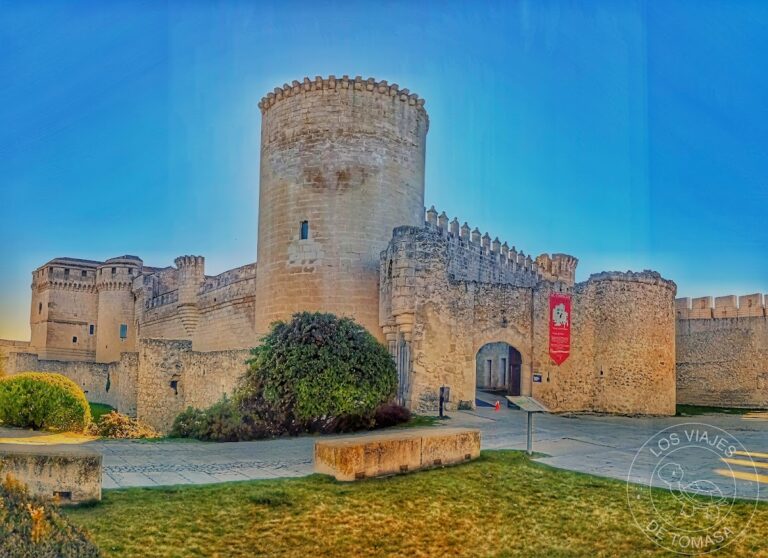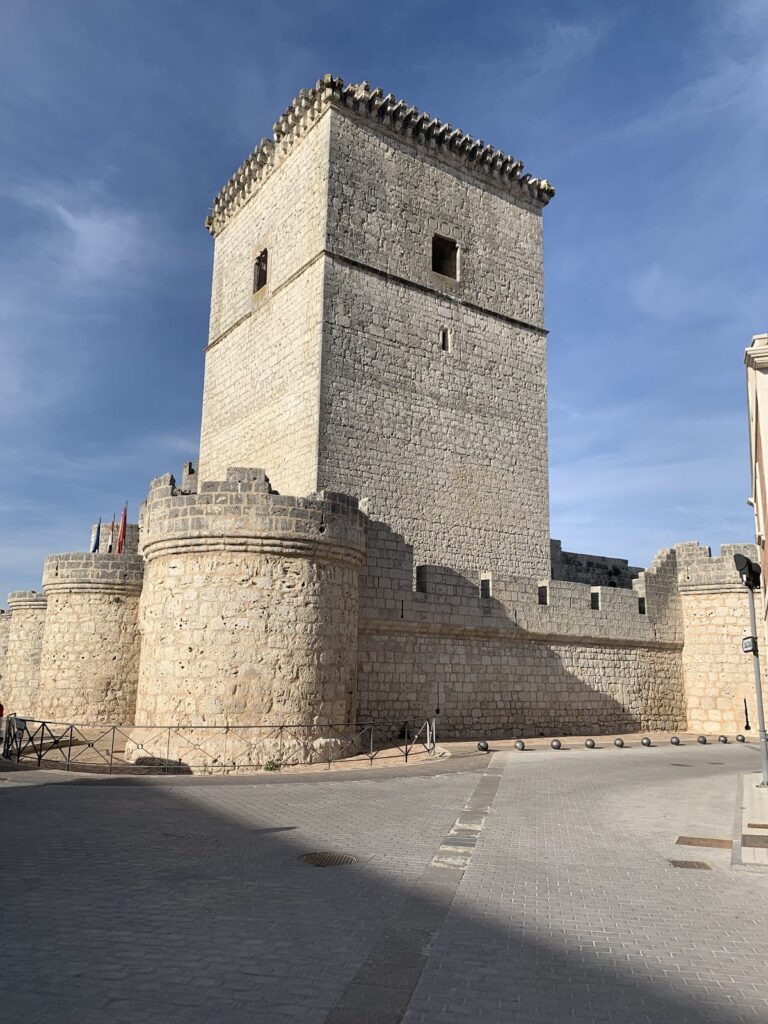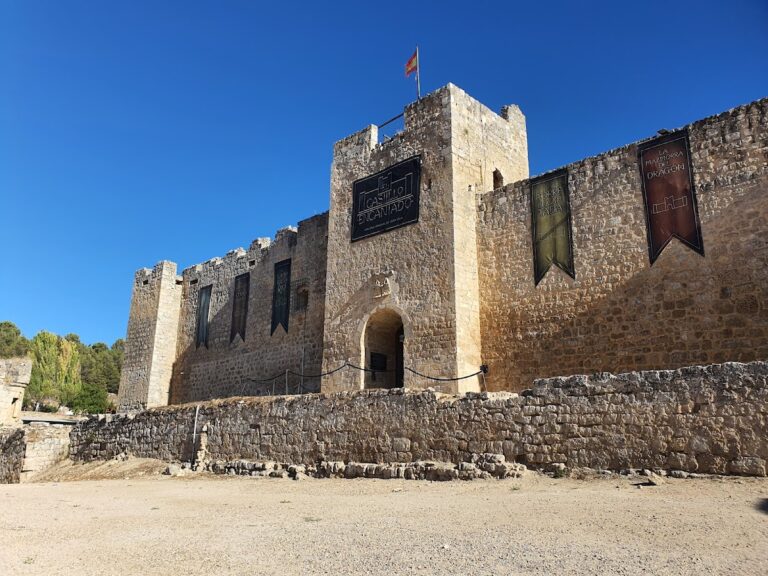Peñafiel Castle: A Historic Fortress in Valladolid, Spain
Visitor Information
Google Rating: 4.4
Popularity: Medium
Google Maps: View on Google Maps
Official Website: www.valladolidesvino.es
Country: Spain
Civilization: Medieval European
Remains: Military
History
Peñafiel Castle is located in Valladolid, Spain, on a narrow rocky hill overlooking the town and nearby river valleys. The site has been fortified since at least the 10th century, with the earliest record dating to 943 during the reign of Ramiro II of León. This early fortress marked the strategic importance of the location in controlling the surrounding region.
In 983, the castle was seized by Almanzor, the military leader serving the Cordoban caliph Hisham II. It returned to Christian control in 1008 when Sancho García, Count of Castile, recaptured the site. He demolished the existing Muslim fortress and rebuilt it on a higher, more defensible position. Sancho García named it “the most faithful rock of Castile,” a phrase that inspired the castle’s current name, Peñafiel.
During the 12th century, the castle played a key role in military conflicts between Christian and Muslim forces. It was defended by governor Álvar Fáñez and was involved in disputes between Alfonso I of Aragon and Queen Urraca of Castile. These events highlight the castle’s ongoing strategic and political significance in the region.
In the 13th and 14th centuries, Peñafiel Castle became part of the lordship of Peñafiel, held by prominent figures such as Alfonso X and the medieval writer Don Juan Manuel. Don Juan Manuel undertook significant rebuilding efforts in the early 14th century after the fortress had fallen into disrepair, ensuring its continued military and residential use.
The lordship was abolished under Peter I of Castile, and the castle became royal property. It later passed to Fernando de Antequera and his son John II of Aragon, who was born there in 1421. John II of Aragon led a revolt from the castle, but it was captured and ordered destroyed by John II of Castile in 1451, marking a period of conflict and transition.
Starting in 1456, Pedro Téllez Girón, Master of the Order of Calatrava, received rights to the ruins and rebuilt the castle following the Valladolid school architectural style. The Girón family maintained control of the castle until the 19th century, during which time it served variously as a palace and a prison.
In the 19th century, French troops occupied the castle during the Peninsular War (1808–1814). Later, during the Spanish Civil War (1936–1939), it functioned as a prison and military post. The castle was declared a national monument in 1917 and eventually came under the ownership of the municipality of Peñafiel.
Restoration work took place between 1966 and 1973, with further renovations completed in 2024. These efforts included restoring the perimeter battlement walkway and the northern courtyard, preserving the castle’s historical and architectural integrity.
Remains
Peñafiel Castle is built on a long, narrow rocky hill, giving it a shape often compared to a ship. Its layout stretches about 210 meters in length and up to 35 meters wide, adapting to the hill’s form with a roughly diamond-shaped plan. This unusual shape differs from the typical square design of castles.
The fortress consists of two main defensive walls. The outer wall is smooth and strong, featuring a single gate flanked by two round towers. Inside, the inner enclosure is protected by 28 to 30 round towers spaced closely together, connected by crenellated walls with a walkway for defenders.
The central keep, or torre del homenaje, is a tall rectangular tower measuring approximately 14.5 by 20 meters at its base and rising 34 meters high. It is topped with eight cylindrical turrets, machicolations (openings for dropping objects on attackers), and battlements. The original entrance likely had a drawbridge, which no longer exists.
Inside the keep, two vaulted floors are connected by a spiral staircase leading to a roof terrace. From here, one can see the surrounding vineyards. The castle’s interior is divided into two courtyards: the northern courtyard contained cisterns and storage rooms, while the southern courtyard housed stables and living quarters for the garrison. The southern courtyard now holds the Provincial Wine Museum.
Subterranean features include a cistern and underground chambers linked by a gallery system that served as an emergency exit. The castle’s walls and towers were later modified to support artillery, including the addition of an inner moat and reinforcement of the northern tower.
Constructed mainly from Campaspero limestone, sourced from a nearby quarry still in use, the castle remains well preserved despite some weathering. Heraldic shields of the Girón family are displayed on the keep, marking their role in the castle’s reconstruction and ownership.
Overall, Peñafiel Castle exemplifies the 15th-century Valladolid school architectural style, emphasizing the size and proportions of the keep while adapting to the site’s unique topography. Restoration efforts have maintained its structural and historical features for future generations.










